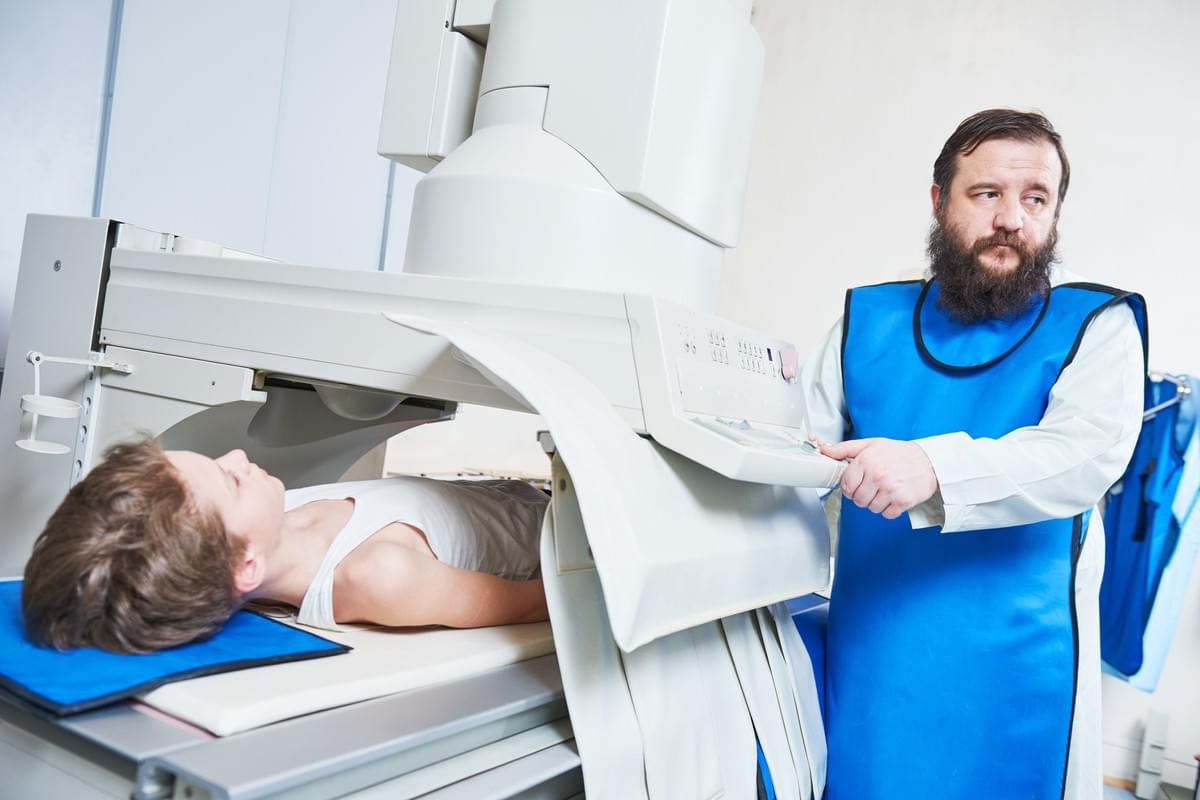
Radiology services are performed by physicians who study the images and results of medical imaging. These images are used to make diagnoses and determine treatment effectiveness. X-ray technology, the most common type of medical imaging, uses a specialized plate and low-dose radiation to create images of the bones and joints inside the human body. Unlike traditional X-rays, digital X-rays use far less radiation than traditional X-rays.RAD-AID is a global health nonprofit that provides specialized healthcare to the underserved. They provide medical imaging and support a number of programs aimed at improving the quality of care in these regions.
Some programs include teleradiology consultations, improving image transmission and management, and collecting data for research on the use of imaging in low-resource environments. If you're in need of radiology services,this clicnic can help. To get the best x rays near me experts, view here!Diagnostic radiology uses X-rays, MRI scans, and fluoroscopy to diagnose conditions and monitor body responses to treatments. Some tests use chemicals or compounds ingested or injected into a patient. Others require scopes or surgery. Interventional radiology uses imaging technology to guide procedures and may even eliminate the need for surgery. While the procedure itself may be invasive, the results can be useful for a diagnosis or a treatment.
Diagnostic radiologists use a variety of imaging procedures to diagnose conditions and monitor treatment response. They act as an expert consultant to the referring physician and direct radiology technologists to perform imaging tests. The results of these tests are interpreted and reported by the radiologists, and a doctor may recommend further testing or treatment. For example, a doctor may order an MRI scan to determine if the patient has a tumor or a broken bone.
Teleradiology is an excellent solution for after-hours emergencies. Teleradiologists use high-speed internet connections and high-quality receiving stations to review images. The receiving computer must have a high-resolution display screen and be cleared for clinical use. Once a report is created, it is sent to the requesting clinician. In this way, a patient can receive an accurate report, enabling him to make an informed decision on treatment options.
The training for medical imaging specialists is highly competitive. After graduating from medical school, MDs can begin their residency training in radiology. This five-year postgraduate program involves all aspects of radiology and culminates in a board-certified MD. Several medical schools have begun integrating a basic radiology introduction into their core MD training, including the New York Medical College, Wayne State University School of Medicine, and Uniformed Services University. Find out more about Diagnostic radiology services now.
CT scans are another type of diagnostic imaging. Also known as a CAT scan, CT scans help doctors see inside organs and track disease progression. Ultrasounds are also used in gynecologic exams and pregnancy. The images created by ultrasound are accurate enough to identify internal bleeding and organ damage, and may lead to surgery. They are an invaluable medical tool. So, whether you are looking for a routine checkup or you need a specialized procedure, radiology services will be able to help. Check out this related post that will enlighten you more on on this link: https://en.wikipedia.org/wiki/Radiography.